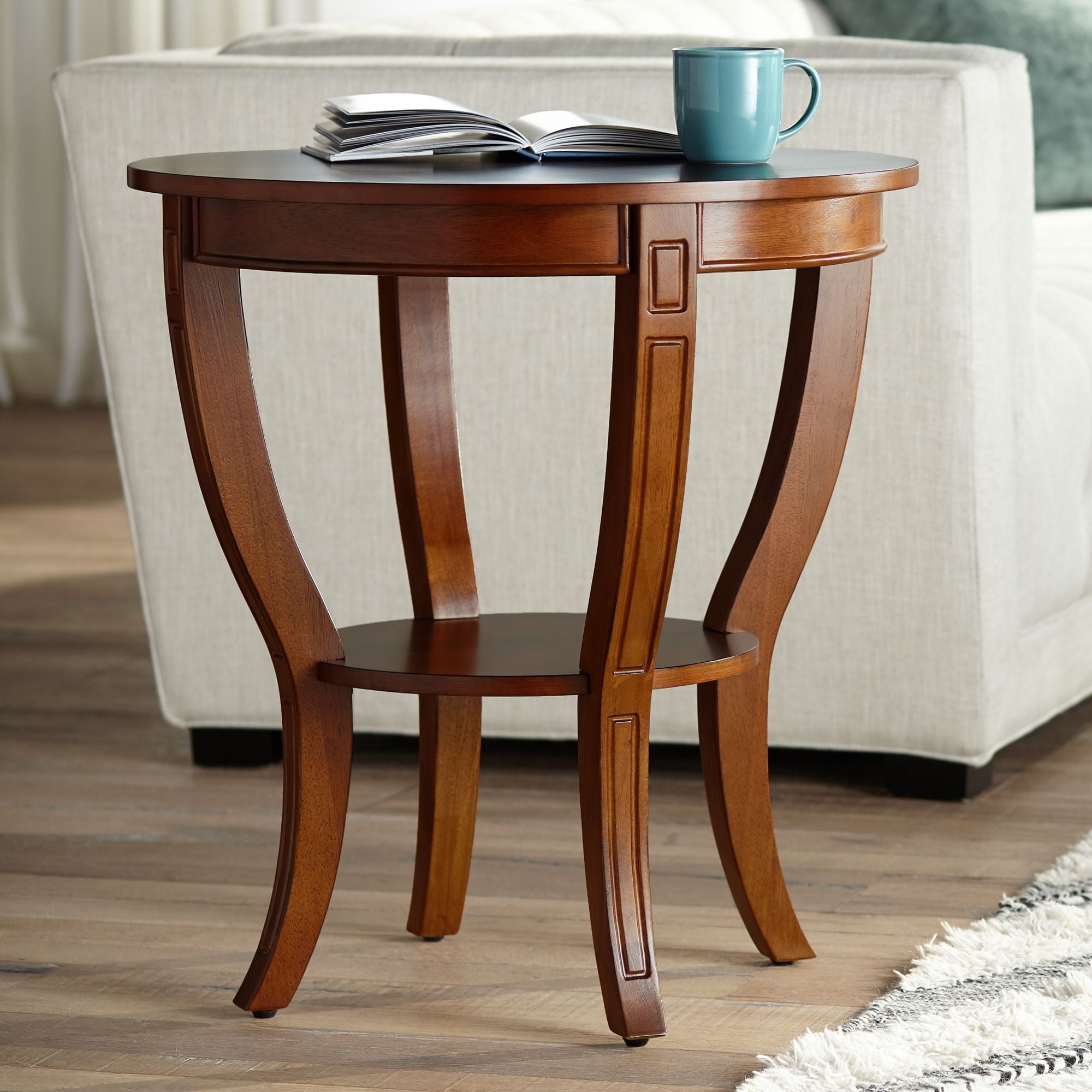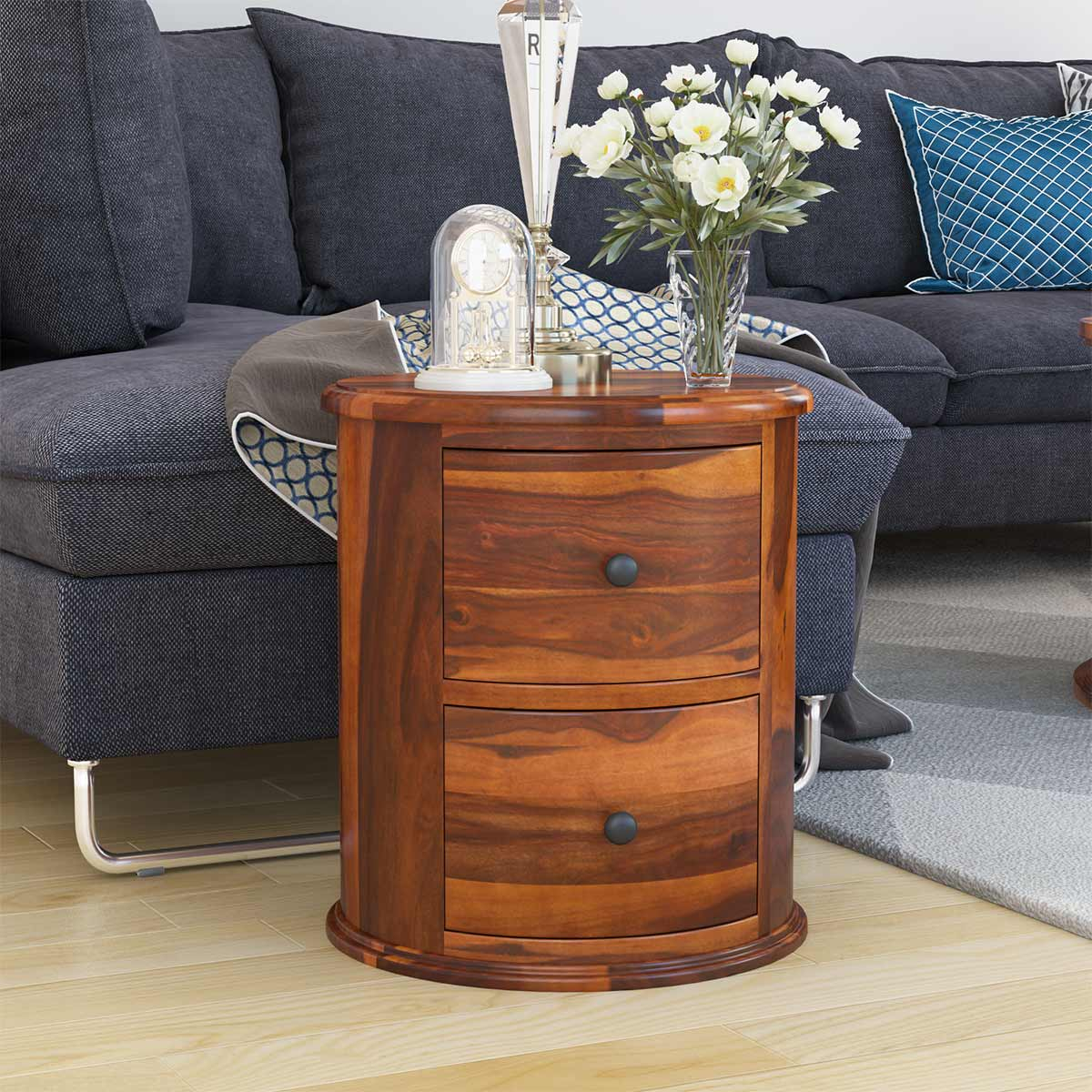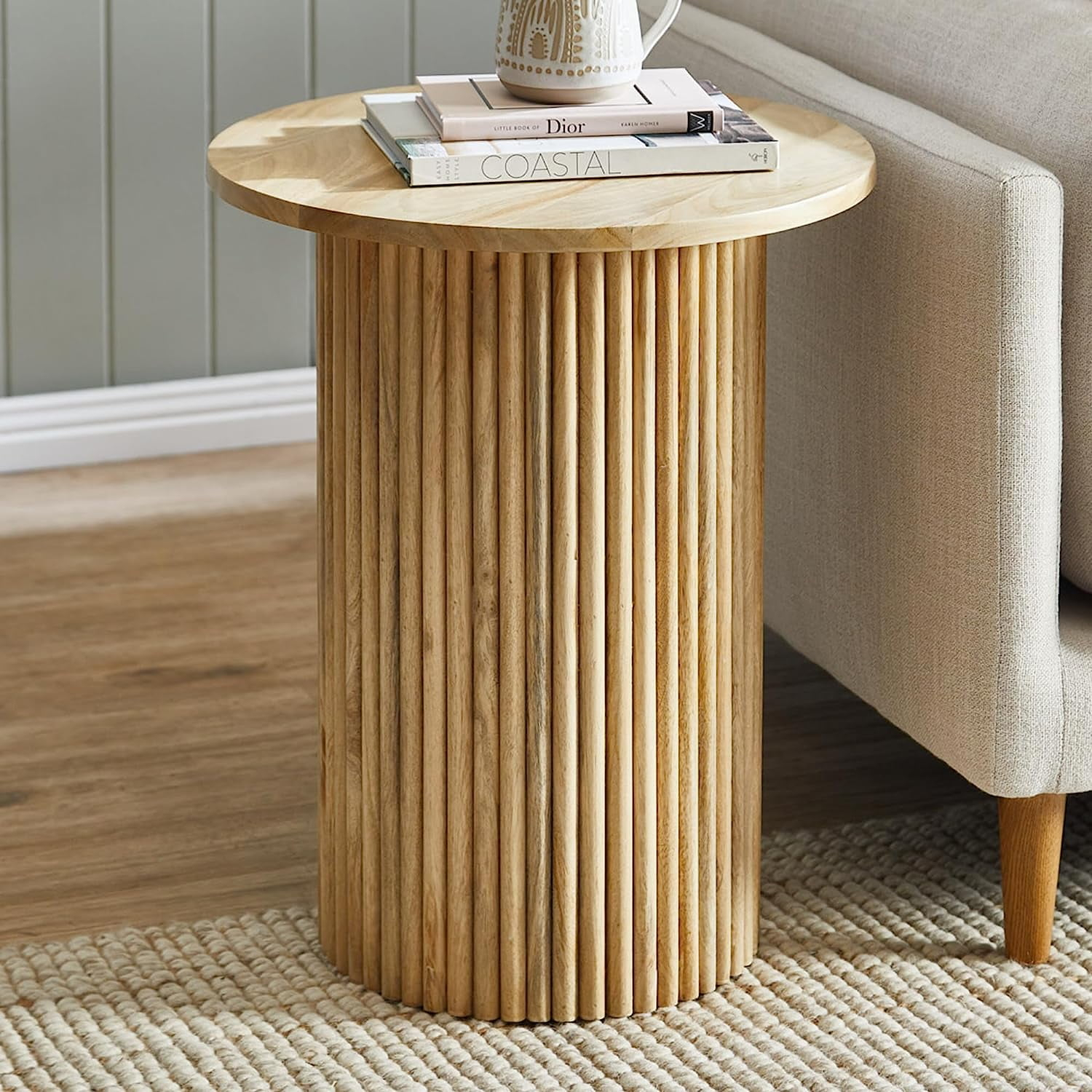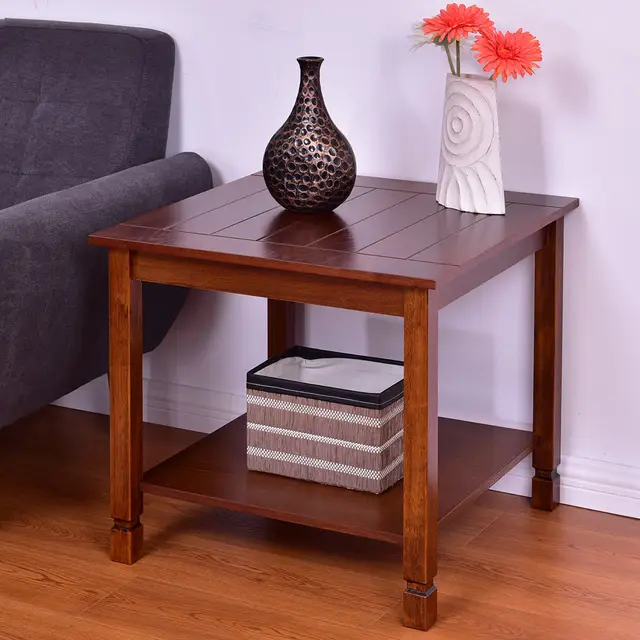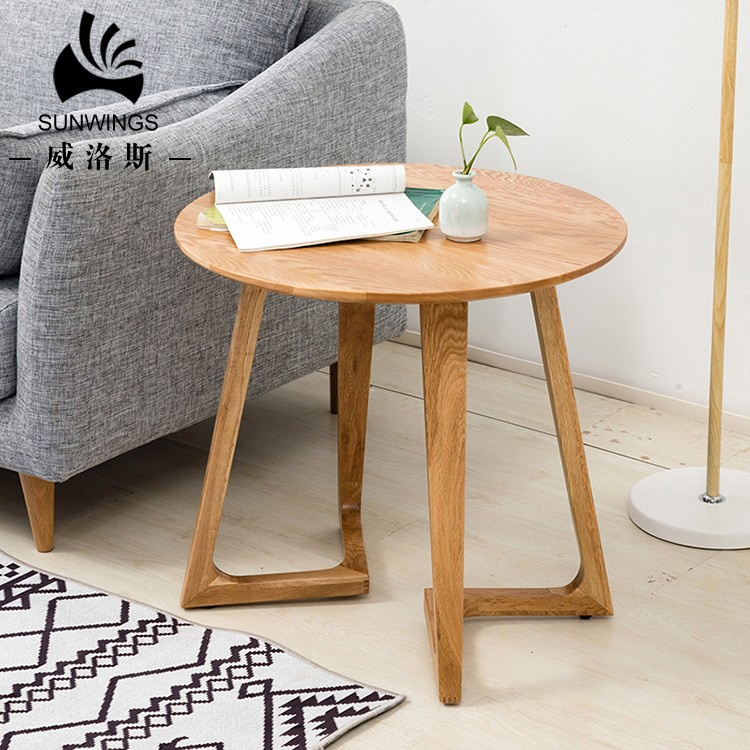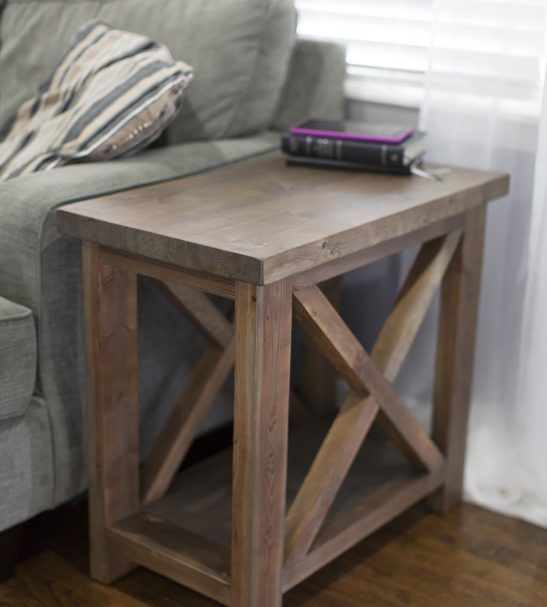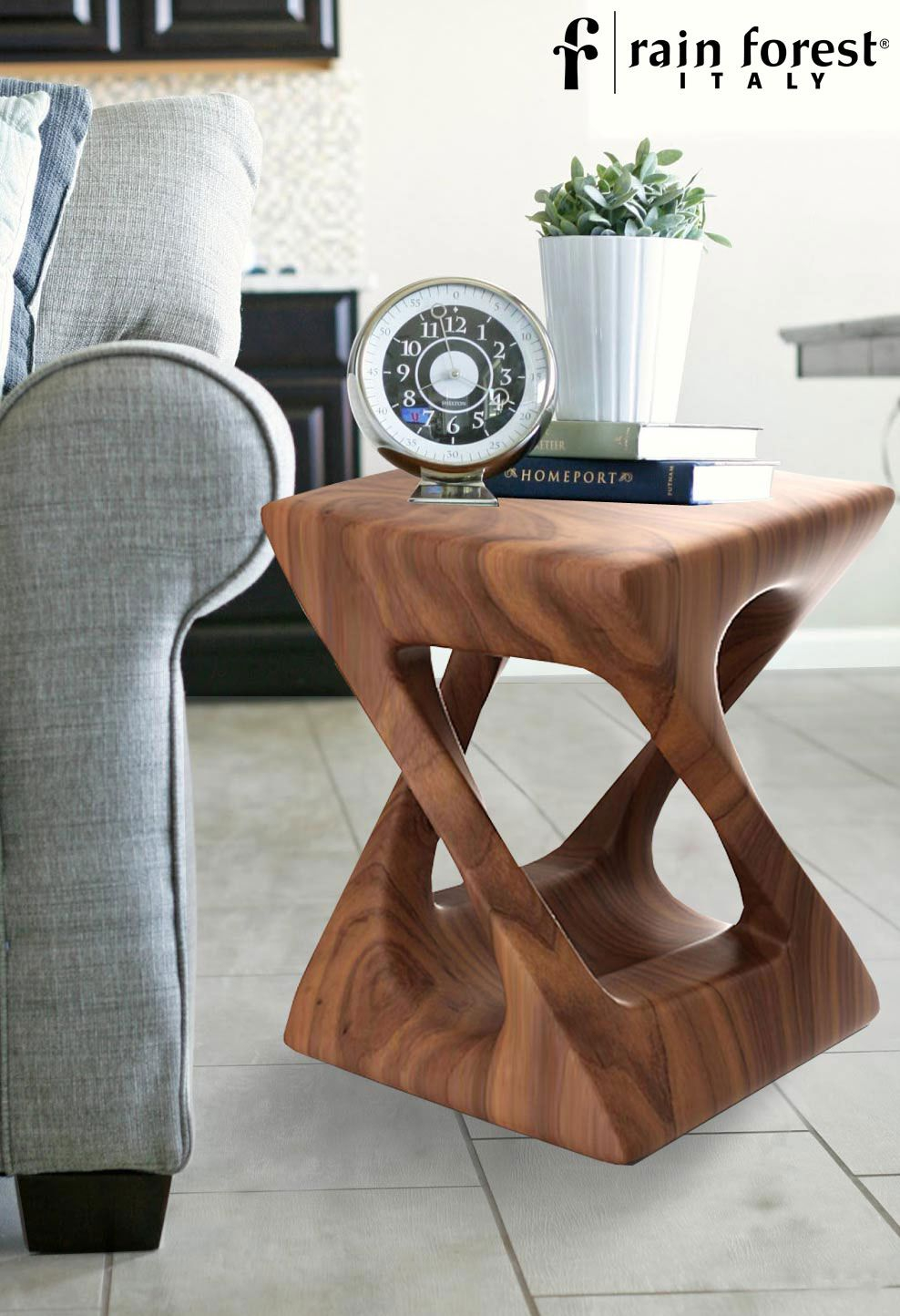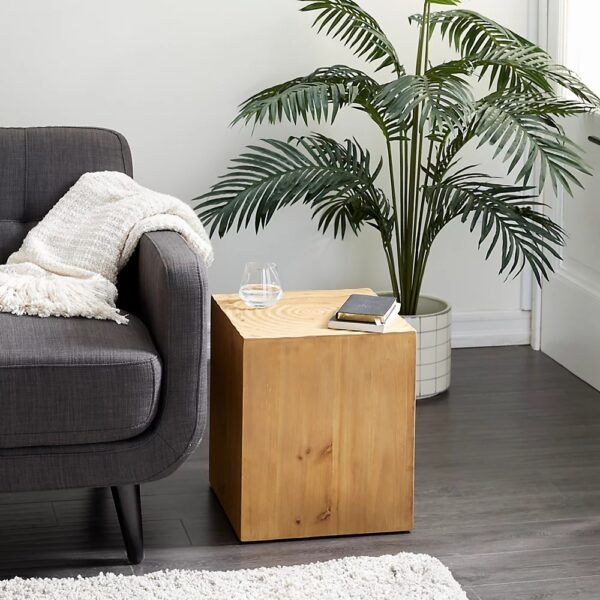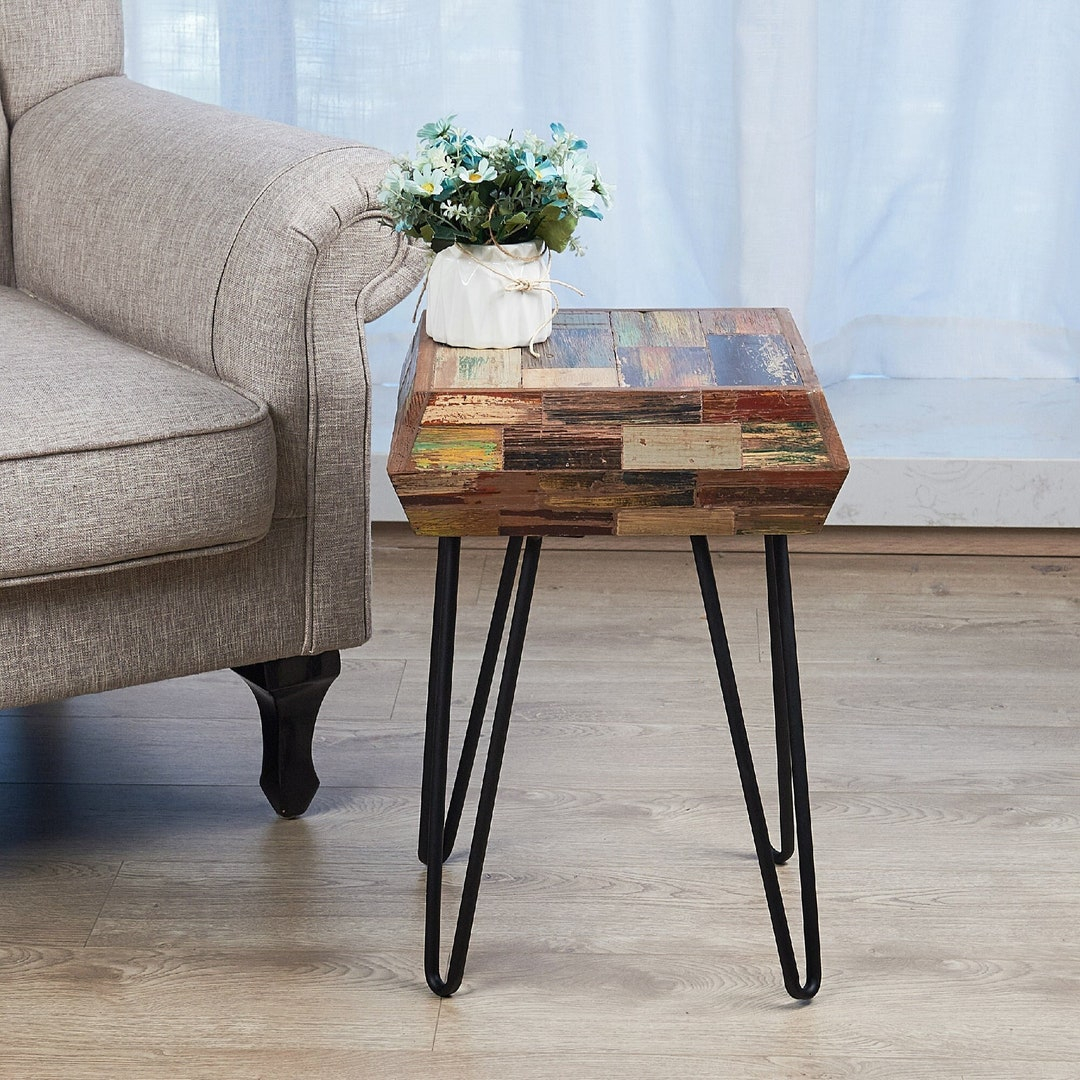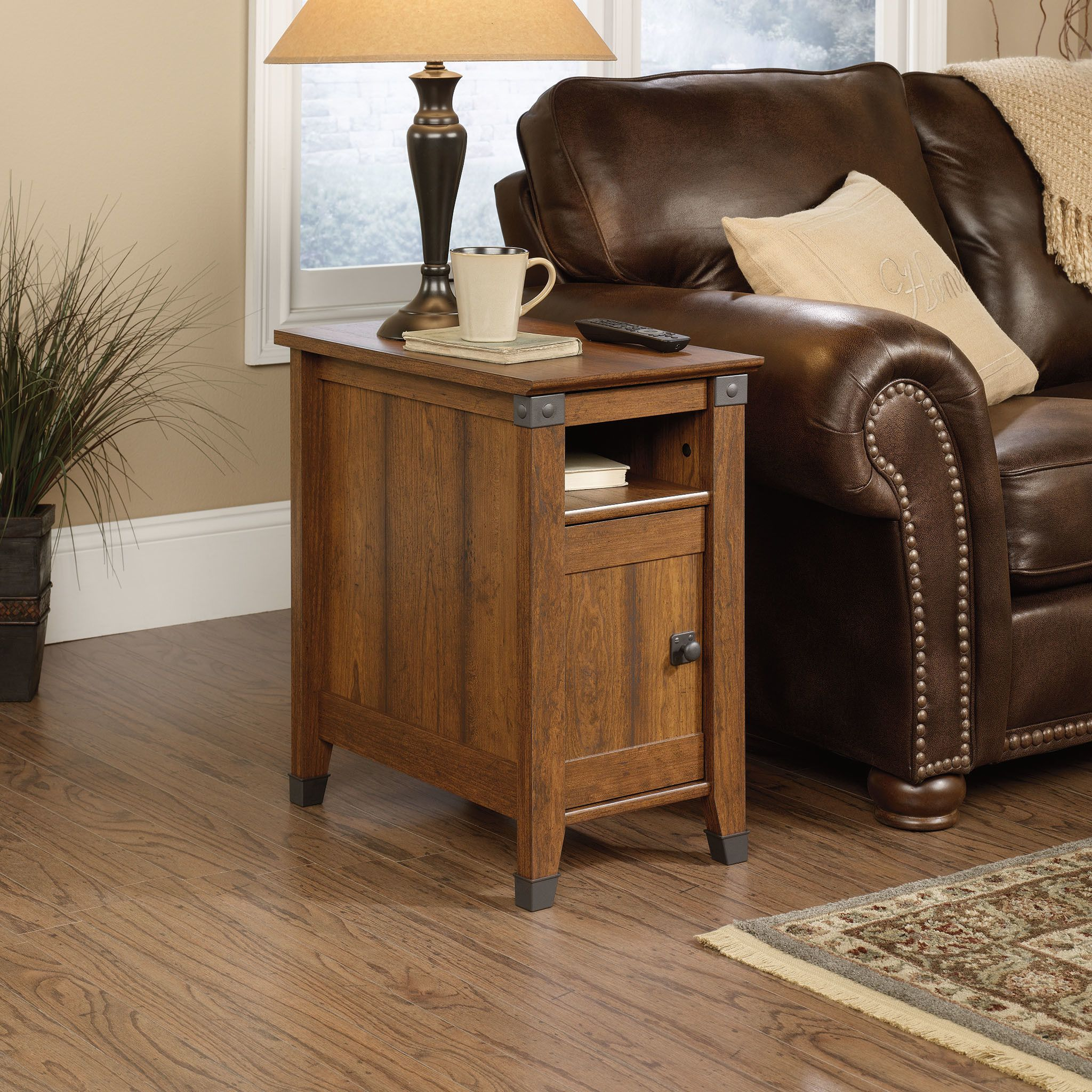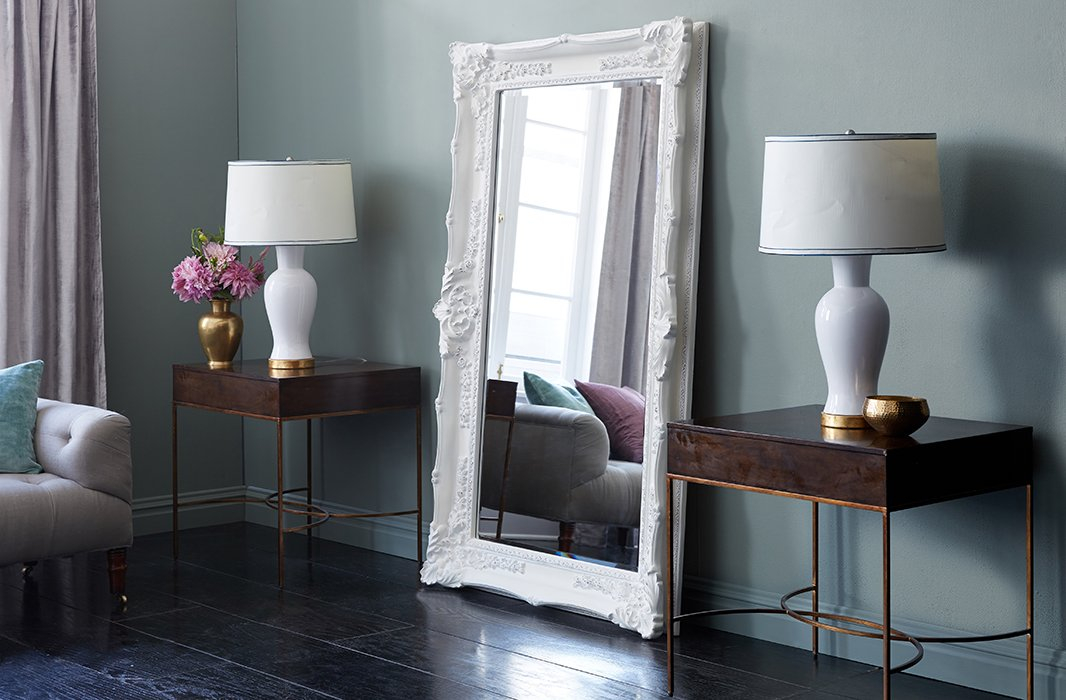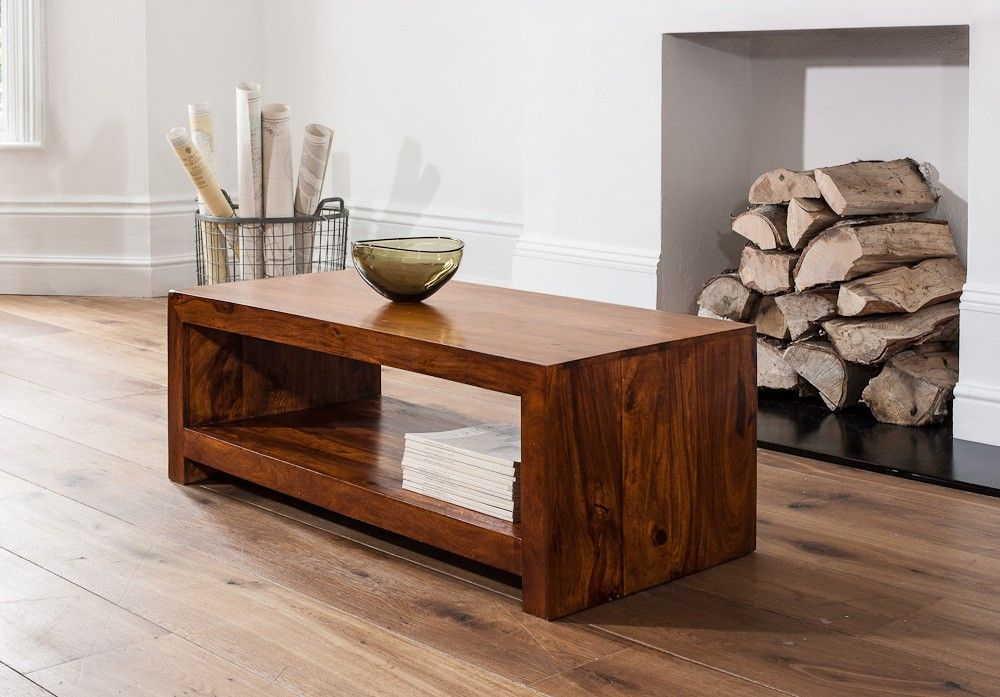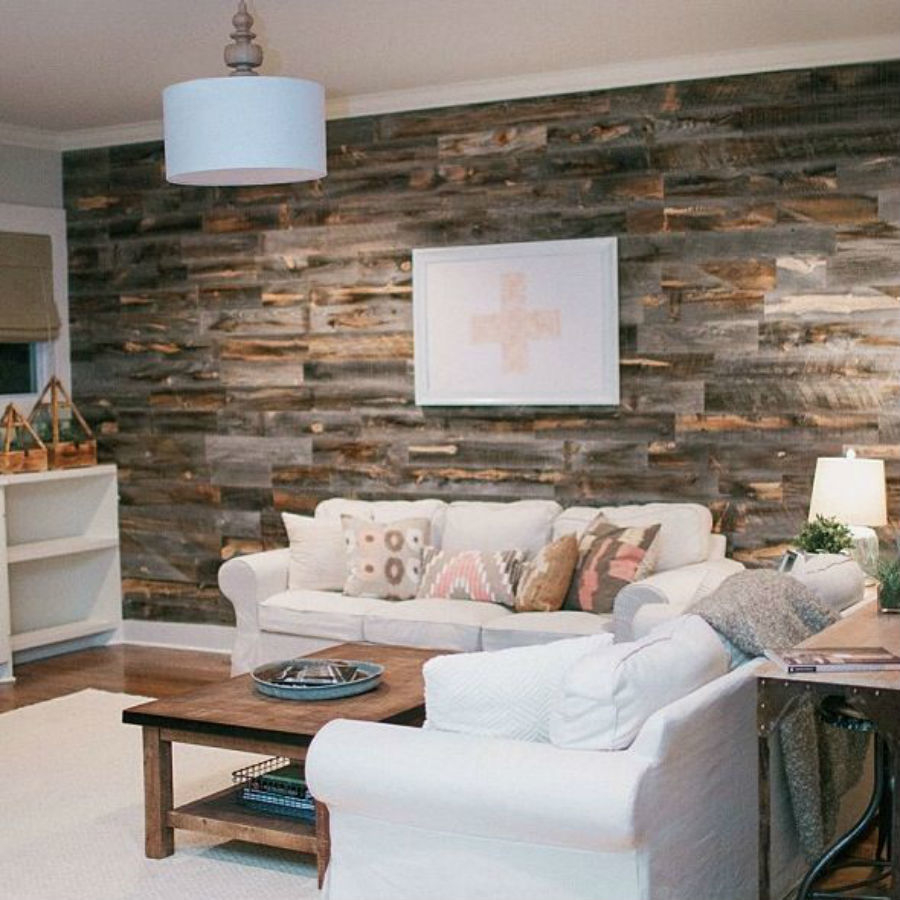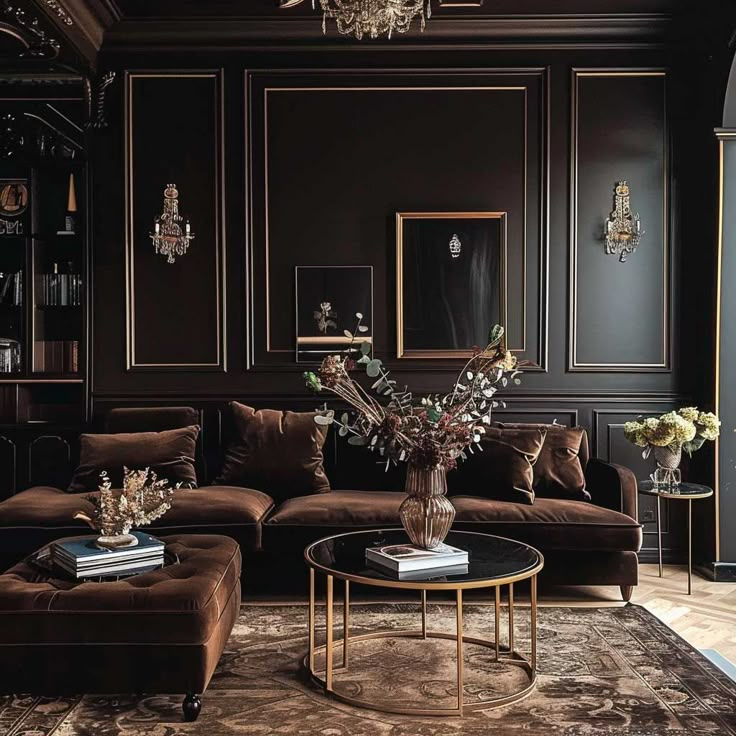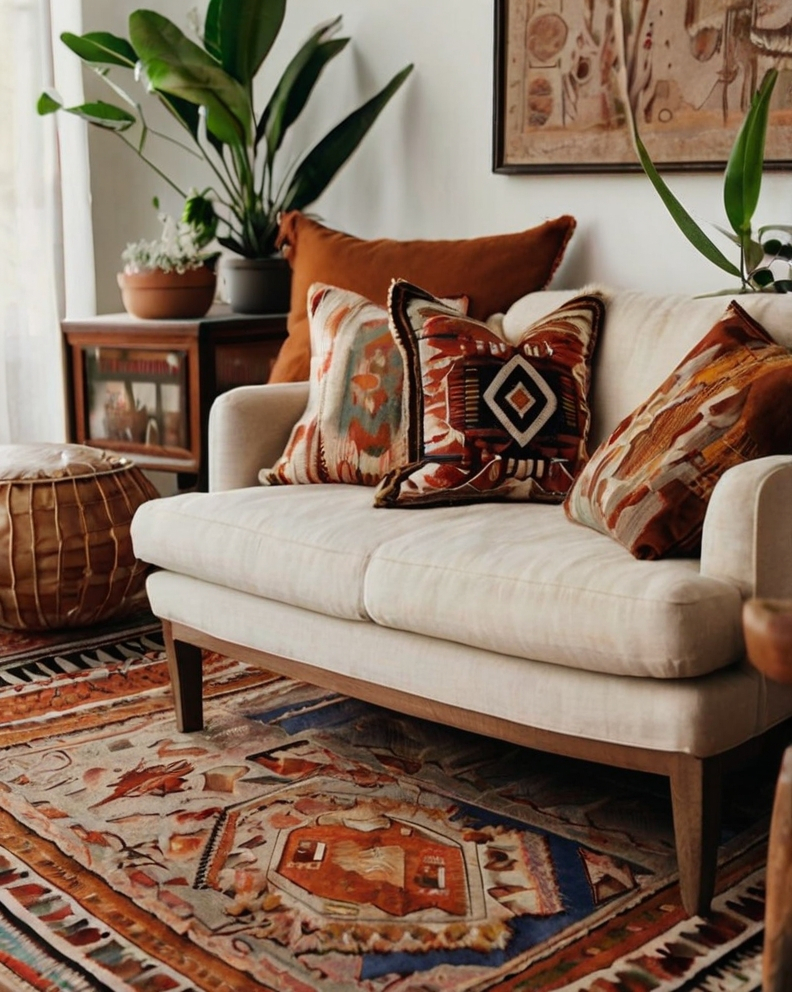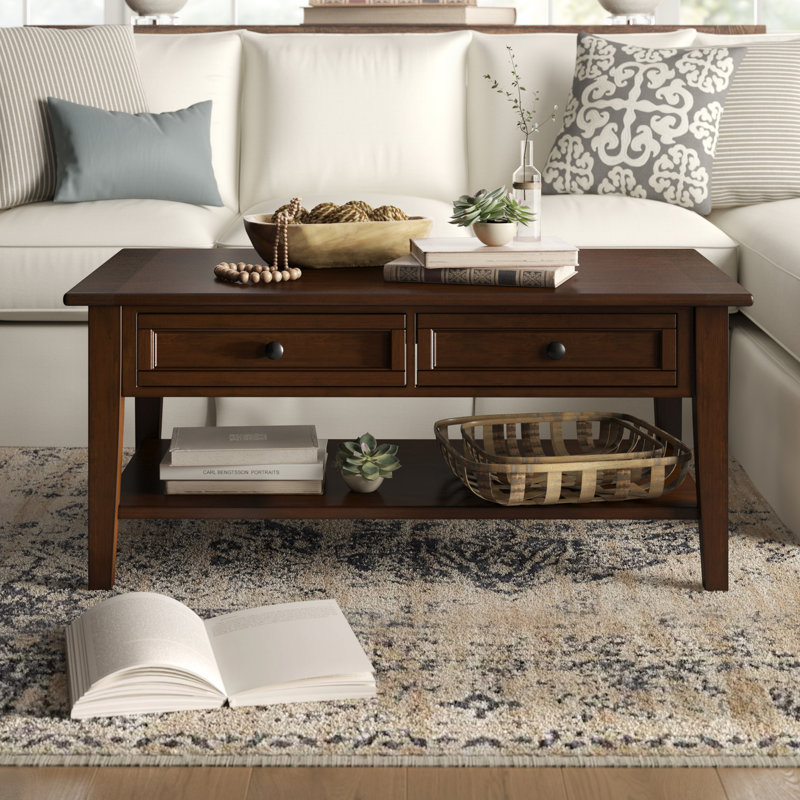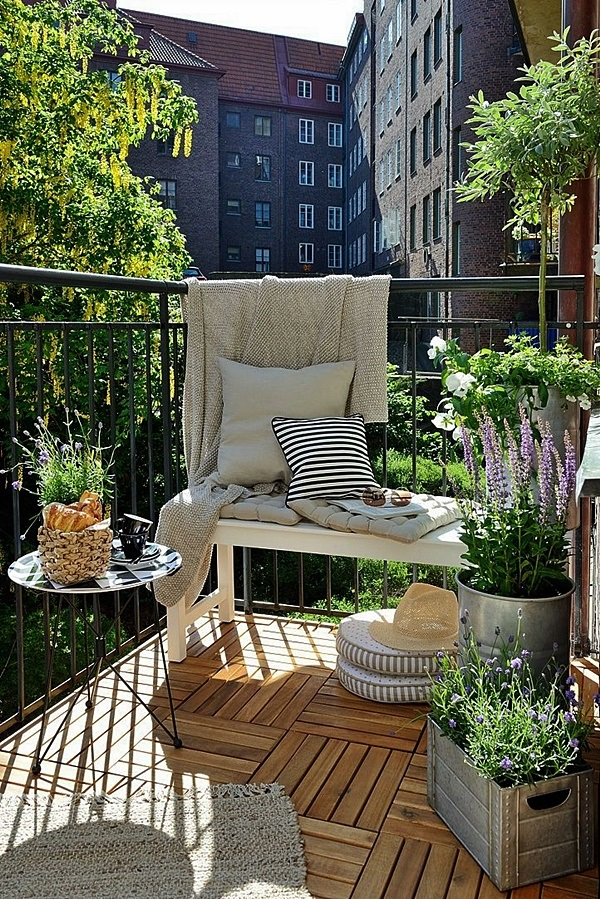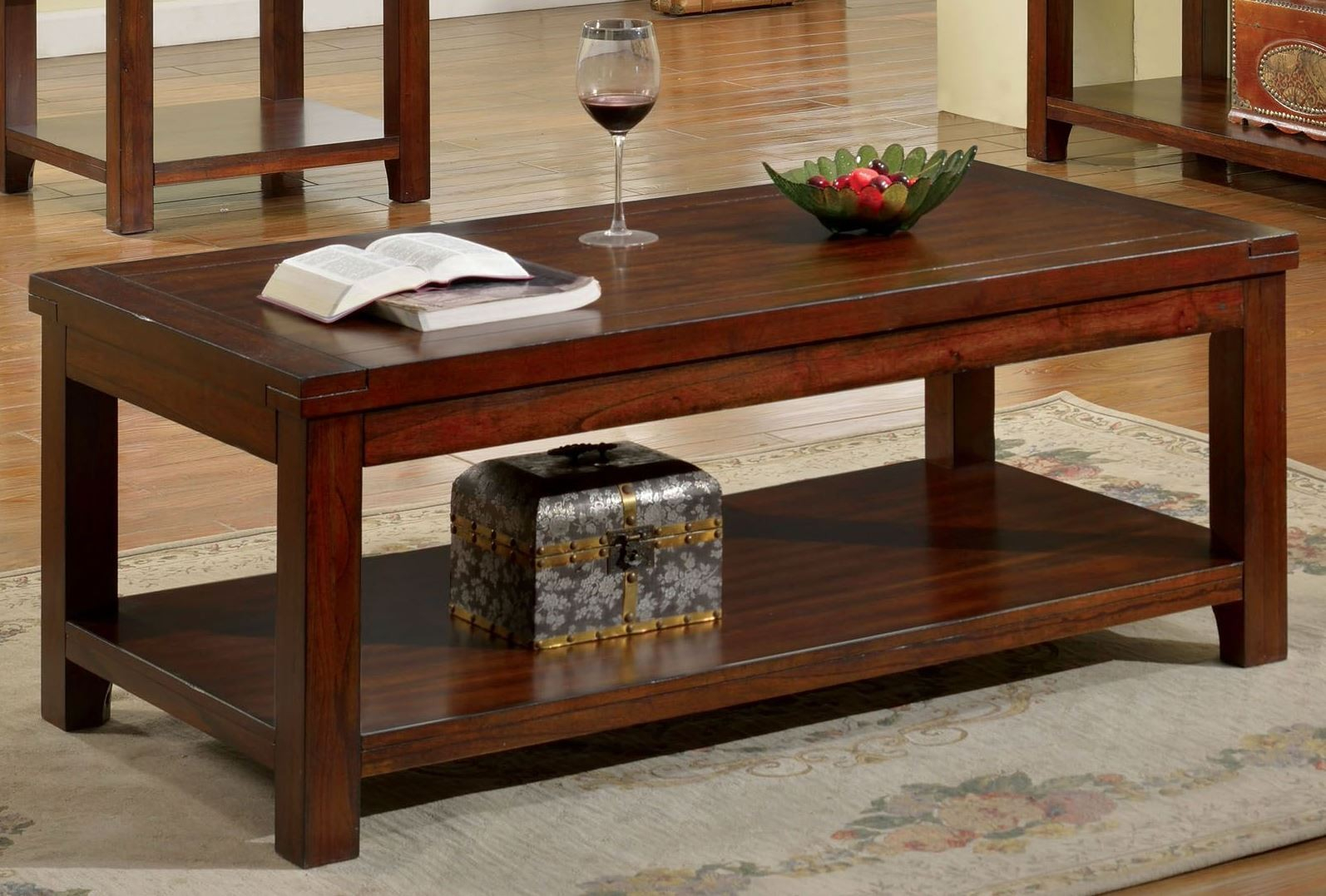We all have that spot in our living room, don’t we? The little nook next to the sofa, or that empty corner that just feels… unfinished. Often, the unassuming side table is the perfect solution to fill that void. But it’s not just about filling space; it’s about adding a piece of furniture that’s both practical and stylish, a true workhorse that can tie a room together. Let’s dive into how to find the one that speaks to your home’s unique character.
Think about your living room. What’s the first thing you reach for when you settle in with a book and a cup of tea? Chances are, it’s that convenient surface next to you. The wooden side table, often overlooked, plays a crucial role in the comfort and aesthetic of our most cherished gathering spaces. It’s the trusty perch for your remote, the stage for your favorite plant, and a critical element in creating a cohesive and inviting atmosphere. But with so many options out there, how do you pinpoint the one that’s just right? It can feel a bit overwhelming, I know. Let’s break it down and make finding that perfect piece a joy, not a chore.
Understanding Your Needs: Functionality First
Before you get lost in the beautiful world of wood grains and finishes, take a moment to consider what you actually need this table to do. Is it primarily for holding a lamp and a few books? Or do you need it to be a mini-command center, capable of holding drinks, snacks, remotes, and maybe even a laptop for those cozy work-from-home sessions? Think about the size of the items you typically place on it. If you’re a reader, you might need a bit more surface area for your current novel and a coaster. If you’re a decorator, perhaps a smaller, more sculptural piece will do. Consider the height, too. It should be roughly the same height as your sofa’s armrest, or maybe a tad lower, for optimal accessibility and visual balance. Getting this right ensures your table is a helpful addition, not an awkward obstacle.
The Beauty of Wood: Types, Tones, and Textures
Wood is a fantastic material, offering warmth, durability, and an endless variety of looks. The type of wood you choose significantly impacts the table’s overall feel and appearance. Oak, for instance, often has a prominent grain and a sturdy, classic look. Walnut, on the other hand, boasts a richer, darker hue and a more sophisticated, sometimes even luxurious, feel. Cherry wood deepens in color over time, developing a beautiful patina. Maple is known for its smooth, fine grain and lighter, more modern appearance. And then there’s the finish. A natural or clear finish lets the wood’s inherent beauty shine through, while stained finishes can range from light, airy tones to deep, dramatic shades. Don’t forget about texture. Some tables have a smooth, polished surface, while others might feature a more rustic, distressed, or even live-edge look. Think about your existing furniture and the overall style you’re aiming for. Do you want something that blends seamlessly or makes a statement? Matching the wood tone to other wooden elements in your room can create a harmonious flow, but don’t be afraid to introduce a contrasting piece if it adds character.
Style Savvy: Matching Your Decor
Your side table is a mini-design opportunity. Does your living room lean towards modern minimalism? A sleek, simple design with clean lines and a light-colored wood like maple or birch might be perfect. If you’re embracing a more traditional or farmhouse aesthetic, a distressed wood finish, perhaps with some turned legs or subtle detailing, would fit right in. For a mid-century modern vibe, think about warmer woods like walnut with tapered legs and a slightly retro silhouette. Industrial spaces might call for a mix of wood and metal, perhaps a reclaimed wood top with an iron base. Even if your room is eclectic, a well-chosen wooden side table can act as a grounding element, bringing warmth and a natural touch to a more diverse collection of furnishings. Consider the shape too – round tables can soften a room, while rectangular ones offer a more structured feel. It’s all about creating a visual dialogue with the rest of your decor.
Size Matters: Proportions and Placement
The scale of your side table is crucial for both aesthetics and practicality. A table that’s too large can overwhelm a small space, making it feel cluttered and cramped. Conversely, a table that’s too small might look lost next to a substantial sofa or armchair, failing to provide adequate surface area. A good rule of thumb is to ensure the side table is roughly the same height as the arm of your sofa. If it’s significantly shorter, it might feel awkward to reach for things. If it’s much taller, it can block sightlines and disrupt the room’s balance. Measure your space carefully before you shop. Consider the area around the table too. You’ll want enough clearance to comfortably walk around it, and to pull out chairs if you have them. Sometimes, a set of nesting tables can offer flexibility, providing more surface when needed and tucking away neatly when not. Don’t underestimate the power of getting the proportions just right; it can make a world of difference in how your room feels.
Storage Solutions: More Than Just a Surface
Many side tables offer more than just a flat top. If you’re looking to maximize functionality, consider tables with built-in storage. A drawer can be a lifesaver for keeping small items like remotes, coasters, or charging cables out of sight, maintaining a tidy appearance. Shelves, whether open or closed, provide extra space for books, decorative objects, or even a small storage basket. Some designs incorporate magazine racks, perfect for bibliophiles who like to keep their current reads within easy reach. Think about what kind of clutter you tend to accumulate and choose a table that can help manage it. A well-designed storage side table can significantly reduce visual noise and contribute to a more organized and serene living environment. It’s a smart way to get double the value from your furniture purchase.
Quality and Craftsmanship: Investing for the Long Haul
When choosing a wooden side table, it’s worth considering the quality of the materials and construction. Solid wood furniture, while often more expensive upfront, tends to be more durable and can last for decades, developing character over time. Look for sturdy joinery – pieces that fit together snugly and feel solid when you gently try to wiggle them. Check for a smooth, even finish that isn’t prone to chipping or peeling. If you’re looking at tables with drawers, ensure they slide smoothly and are well-constructed. While veneer can be a more budget-friendly option, solid wood often offers a richer feel and greater longevity. Investing in a well-made piece means you won’t have to replace it in a year or two, making it a more sustainable and ultimately cost-effective choice. Think of it as bringing a piece of lasting craftsmanship into your home.
Finding the right wooden side table is a journey of understanding your needs, appreciating the beauty of wood, and harmonizing with your existing decor. By considering functionality, style, size, storage, and quality, you can select a piece that not only serves its purpose but also enhances the warmth and personality of your living space. It’s more than just furniture; it’s a small but significant detail that contributes to the overall comfort and aesthetic of your home. So, take your time, explore the options, and soon you’ll have that perfect wooden companion ready to hold your lamp, your drink, and maybe even a little bit of your heart.

